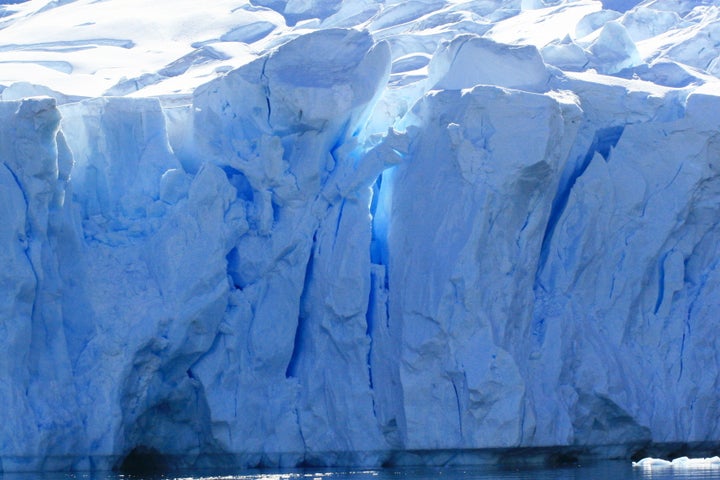
Planet earth received some condemning news last week regarding the rapid melting of submarine ice shelves in Antarctica. A report published in science journal Nature outlines that the warming of the oceans through the 2000’s has lead to increased glacial loss. The NASA lead project indicated that the melting could directly affect ocean levels.
IceBridge as the project is called revealed that two glacial masses know as Pope and Kohler actually slowed between 2004-2014. The Smith Glacier whoever continued to withdraw. The observations showed that the ice-shelf has an unbalanced melting rate. One conclusion is the Dotson and Crosson sub-ice-shelf experienced a larger influx of ocean heat in that time period.
In a report by NPR, geophysicist and polar expert Ala Khazendar stated that "You have this floating plate of ice being fed by the glaciers flowing from the interior of the continent," Khazender told NPR, "while having ocean water underneath it." He calls the shelves "the gates of Antarctica."
One major concern of scientists according to NPR is the exposure of the ice to the warmer water will have a devastating effect. It could make the Glaciers unstable and cause a “runaway process.” Meaning the ice-shelves would at some point collapse and the Glacier's could drift out into the ocean.
The consensus is that the researchers observing the Glaciers would require further data to find how this would directly influence the oceans changing climate. They would need to look deeper into the bedrock and seafloor below the ice-shelf to be able to draw a more definite conclusion.
To give an idea of the scale of Antarctica, imagine a mass larger than the United States and Mexico combined. Except covered in deep ice, in some locations more than a mile deep. The area of concern is located on the western edge. This is where scientists have seen melting more rapidly than ever before. The gradient slopes down towards the ocean and forms the ice shelves. Though the shelves are floating, they still are connected to the mainland.
So what exactly does this all mean? The answer is just as unnerving as the findings themselves.
"The simple answer is we don't know," Khazendar said, “And that's the scary part."

